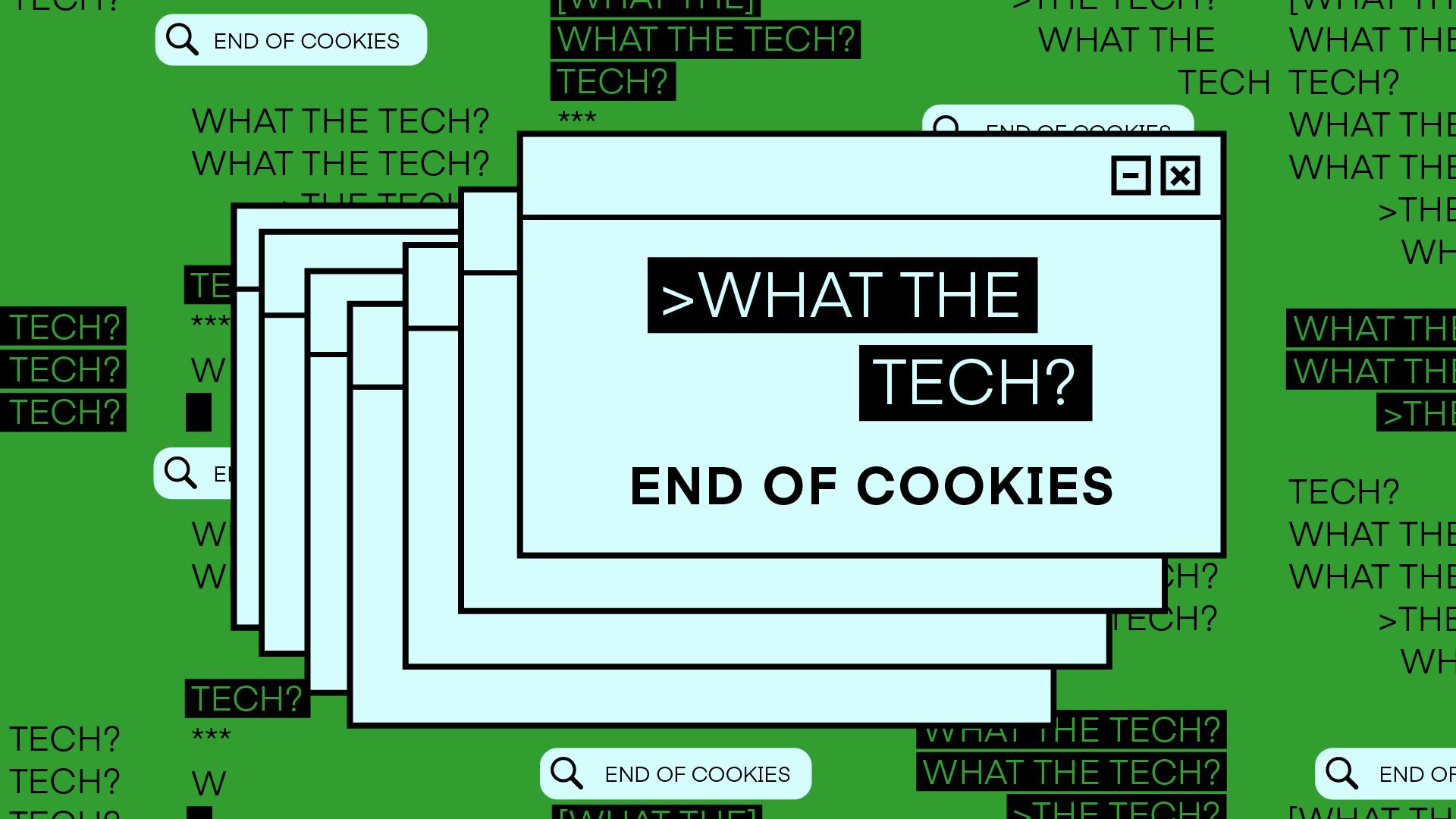What the Tech are brands doing about the end of cookies?

The digital media industry is in a state of frenzy due to the looming demise of third-party tracking cookies.
Starting in early 2024, Google will disable third-party tracking cookies for 1 percent of users on its popular Chrome web browser, with plans to fully phase them out by the end of the year. That impending change has made the marketing community somewhat uneasy.
For the uninitiated, cookies are small pieces of software code that are placed on your web browser when you visit a website. This information is used to identify website visitors and track their activity across different websites. Marketers have relied on cookies for decades to build audiences, serve them targeted ads, and evaluate the effectiveness of ad campaigns.
Without cookies, some marketers fear the digital advertising industry will enter the Dark Ages, with brands and publishers having little insight into whom they’re advertising to and the effectiveness of their ads. That’s why alternative solutions are springing up and marketers are hurriedly preparing themselves for life after cookies.
Here are the various strategies brands are employing and how they aim to address the cookie crisis in digital media.
Collecting first-party data
The prevailing belief about the post-cookie internet is that it will place a premium on first-party data.
First-party data refers to any data that a brand or publisher collects through a direct relationship with a consumer. The most common form of first-party data is an email address. When a website requires users to log in with an email address, the website is collecting first-party data. If a consumer creates a personal account on a website, all the demographic information they provide in their profile is first-party data. Brands and publishers monitor all the actions website visitors make — such as the products they click on, the articles they read, how often they visit — and that, too, is first-party data.
This is in contrast to third-party data, which is the information marketers collect through third-party tracking cookies. But with cookies (and therefore third-party data) going away in the near future, first-party data has become more valuable and brands have put an emphasis on collecting it. More publishers are requiring users to log in to read free articles. Brands are aggressively trying to incentivize consumers to provide their email addresses and any other demographic data.
Old attribution models are new again
One of the advantages of third-party cookies is they make it easier for brands to measure the effectiveness of the individual components of an ad campaign, a process called multi-touch attribution. By tracking consumers’ activity across the web, brands can identify which consumers saw its ads, where they saw the ad, and which consumers bought the product or service being advertised. Using this data, they can glean how much influence each ad had on a consumer’s purchase behavior (also known as incrementality).
Multi-touch attribution will no longer be possible once cookies are kaput, so brands are exploring alternative attribution models, such as media mix modeling (MMM). MMM is an old campaign measurement technique — it’s been around since the television advertising boom of the 1960s — and it is a macroanalysis of a brand’s marketing spend. In MMM, data wonks evaluate how much a brand spent on different media and how that marketing spend correlates to revenue. MMM was replaced during the internet advertising boom by the more precise attribution system, but it’s experiencing a resurgence now that attribution models are strained.
Cookie-free identifiers
The death of cookies has caused many brands, publishers, and tech companies to explore technologies that function like cookies but use an alternate data-collection method. Google recently rolled out its Privacy Sandbox, its solution to the problem it caused, which gives users more control over their data while still allowing for some degree of targeted advertising. Many publishers and platforms have touted their own cookie-free identity solutions, which combine first-party data from their various properties into one comprehensive identifier.
Some brands have embraced data clean rooms, which allow them to anonymize their first-party data (i.e., “clean” it of any identifying personal information) and share it with data from another company. The two parties then match the data sets so they can measure consumers’ web activity across a host of websites, much in the same way cookies work.
Similar to clean rooms are data cooperatives, in which brands and publishers agree to share their respective first-party data sets with each other. The aggregated data set allows all the participating brands and publishers to see consumer behavior across a wider array of websites. It’s a classic example of otherwise disparate parties working together for a collective good.
One of the early leaders to fill the void left by cookies is Unified ID 2.0, an industry-wide data cooperative initiative led by The Trade Desk that uses anonymized email addresses to identify consumers and serve them targeted ads all across the web.
Waiting it out
Some brands have adopted a wait-and-see approach to the future of audience data. Google has repeatedly pushed back its self-imposed deadline on eliminating cookies from Chrome. It originally said cookies would be gone by 2022. Now here we are in 2023, and the current plan is to disable cookies for 1 percent of users in early 2024 and then gradually implement that policy for the remaining 99 percent.
Some brands are understandably skeptical about the timeline. In one scenario, the 1 percent experiment could fail, causing Google to reverse course and keep cookies alive for the foreseeable future. In response to this uncertainty, brands can take a wait-and-see approach, or proactively bolster their first-party data strategies and test new identity solutions.
Subscribe to The Current
Subscribe to The Current